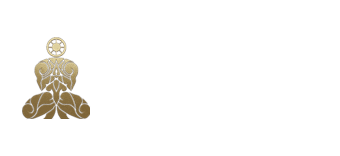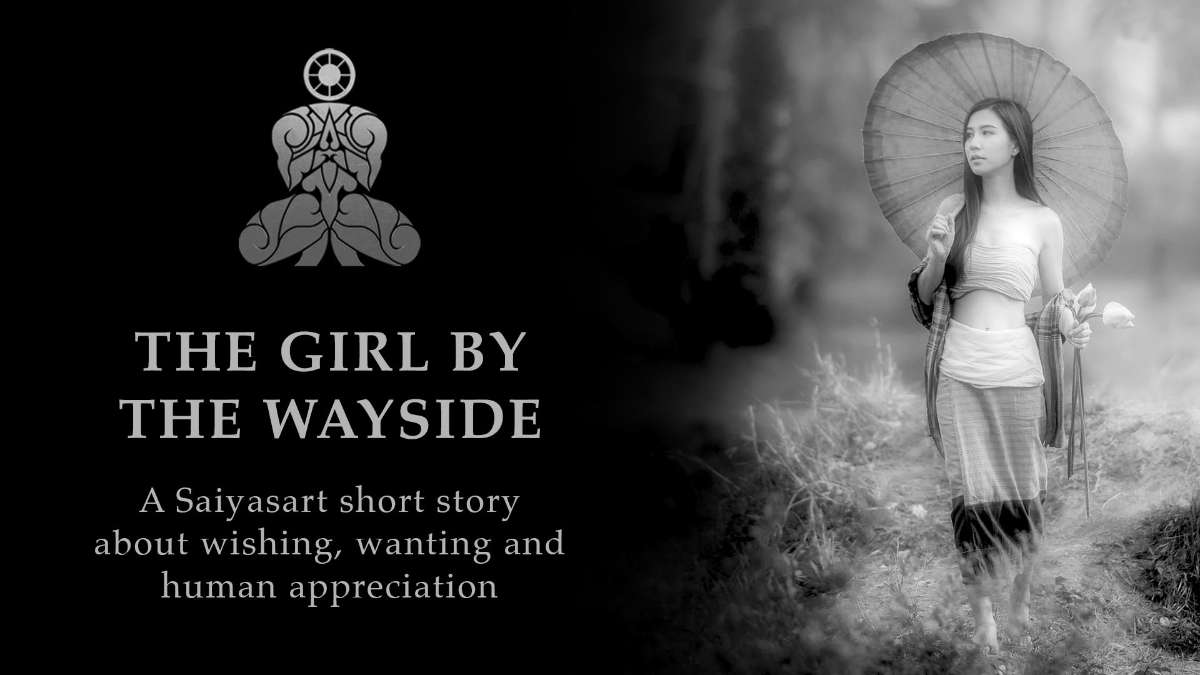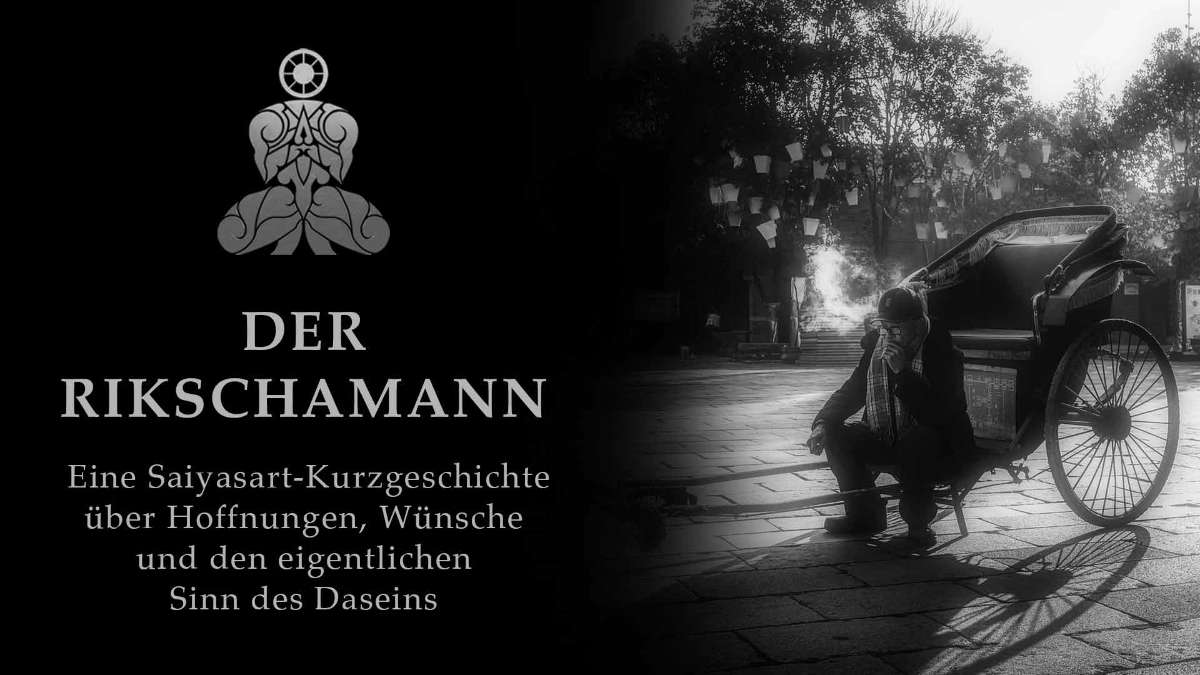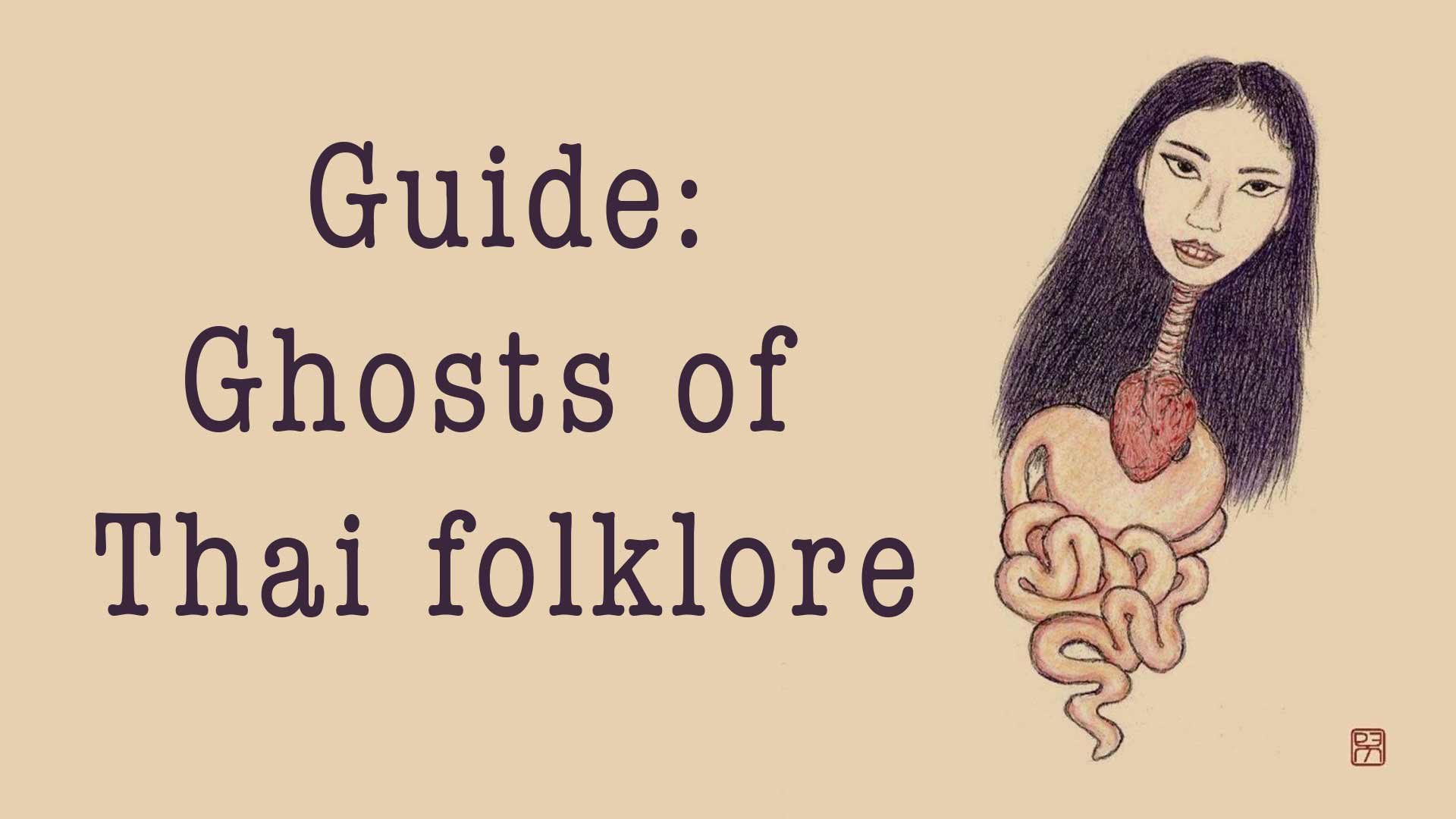What is Saiyasart
Saiyasart (knowledge of truth or knowledge of nothingness) is a field of knowledge that deals with non-physical phenomena of all kinds on the basis of logic and rationality.
Content
Historical origins
According to the traditional legend and in connection with the history of the Pahuyuth, it can be assumed that the roots of the Saiyasart are to be found several thousand years ago in the Altai Mountains.
The area was influenced by the shaman culture at that time, which led historians to the theory of the origin of the Saiyasart. The shamans are known to deal with the souls (ghosts) of all possible beings, and lived in harmony with nature. The shamanic belief in reincarnation and karma is also identical to the Saiyasart Remarkably, however, the Saiyasart does not have a drum ritual, as was the case with the shamans.
The Saiyasart of the early days also had the name You Wu (Being and Not Being). Those who could establish the connection between the living and the hereafter as a medium were also called by this name. The living sent greetings and asked for help from the hereafter. In the opposite direction, the messages from the hereafter were passed on to the living. The entire social life of this time was influenced and controlled by the messages from the hereafter, whereby the people who could act as a medium had gained special prestige. At that time, the You Wu also acted as a spirit healer with magical abilities.
The transmission of the so-called original texts, which was passed on time and again from person to person within an initiated group of people, made access to outsiders hardly possible. As a novice, you could only learn so much that the Saiyasart included the skills for dealing with ghosts and magical healing. It was not until much later, when the accumulation of self-experience and knowledge had created a professional field of knowledge, that allowed access to the knowledge of the Saiyasart. The beliefs of Brahmanism and Buddhism, which used the knowledge of the Saiyasart for their own purposes, and also interpreted the original text in their own way according to their conviction, contributed to the further opening of Saiyasart
Saiyasart as a guide to self-discovery
Saiyasart means – the knowledge of the truth – which can be brought to knowledge by itself. Both the teacher personality and the original text itself, or other literary interpretations, are merely sources of knowledge regarding the guide and the accumulations of insights made available to support self-discovery. Whether or to what extent the student reaches his destination depends solely on himself.
On the other hand, the Saiyasart is an independent field of knowledge for which there is neither a starting point nor a chronological structure. The learning process results from an endless sequence of topics that begins with a topic and ultimately ends there.
The Saiyasart sees itself as an alternative method or way to transport or implement the suppressed truth in the subconscious into the present consciousness. This creates the possibility to explore the meaning and purpose of one’s own existence or to carry out its fulfilment or not. The result is the real truth, which everyone can obtain and confirm for themselves through the Saiyasart and which is always the same.
The process of finding the truth
The problem arising from the learning process of the Saiyasart and the associated self-knowledge arises despite previous practical experiments and explorations, through the examination of one’s own psyche and the consciousness of the personality. The arguments relate to opposing perceptions in relation to their reality, the consideration of the real and the logical as a fundamental reality, the rejection and acceptance of emotional sensitivity, and the vision of being and non-being. The behavioural notes for the learning process of the Saiyasart with regard to these disputes distinguish between the two groups of the framework conditions and the prerequisites.
It is by no means uncommon for students or novices who deal with the field of knowledge without care, caution and the indications about the framework conditions and conditions to suffer from mental disorders. However, consequential damages may also occur for experienced persons who overlook the basic rules or behave negligently. Especially for those who want to achieve their process of self-discovery with too much haste, neither achieving it nor moving forward in any other way.
The behavioural notes were and remain defined by a purely recommendive character. However, in order to minimise a personal risk, the follow-up to the rules is essential. Especially for students who have never before come into contact with such a field of knowledge and who cannot properly assess the significance of the consequences themselves.
The original texts of Saiyasart
The original text of the Saiyasart is a kind of compressed line of text in which a concrete truth is reproduced. Truth means the actual truth of all existing things, which every being possesses in its subconscious. The content of the original text depends on the respective translation, i.e. on the persons who define the text at different times with their choice of words and their linguistic expression. Without an interpretation, it would be extremely difficult to record and understand the information correctly. On the other hand, personal absorption capacity and availability for evaluation are also decisive factors for understanding and achieving the actual value of the original text.
With the knowledge from the original text, the successful transformation of the truth from the subconscious to consciousness takes place, and the self-discovery of one’s own truth begins. This means that self-discovery is the exploration of one’s own meaning in existence, for which everyone has its own pattern or template. At the same time, success also leads to the realization that the reason for the existence of the Saiyasart is confirmed by the Saiyasart itself.
Saiyasart Meditation
The practical implementation for the understanding of Saiyasart is meditation, which is divided into four stages.
- The contemplation meditation (Mohng) is the contemplation of the existing being through its available aspects
- The Meditation of Consciousness (Samnueg) is the knowledge of oneself.
- The Perceptual Meditation (Haehn) is the experience of the relationships and dependencies between all beings.
- The Exploration Meditation (Sanjohn) is the contemplation and perception of beings of different spheres of existence.
The teaching of entities
According to the Saiyasart the entities differ between organic and inorganic beings.
The organic beings are all those that can be grasped by means of the visual and touch organs due to their shape or structure. In addition, they are distinguisehed between those who have their own dynamics (functional properties) and those without their own dynamics.
The inorganic beings differ according to the hints of the Saiyasart in three forms of energy.
- The form of energy that itself appears (Jit = soul).
- The form of energy released by an action (Saiy = phenomenon).
- The form of energy that appears through creation (Jahn = transformation).
The group of inorganic beings thus represents all that has to do with consciousness or the psyche, and is not directly perceptible through visual and touch organs.
Saiyasart and the traditional Free-Warrior knowledge
The accumulation of experiments and the resulting findings have been developed into independent fields of knowledge in the present day.
- From the grouping of organic beings evolved the traditional Free-Warrior medicine with medicinal plants, medicinal herbs, acupressure and the traditional Thai massage. Further, the knowledge about the healing of humans has expanded the combat system Pahuyuth.
- From the grouping of inorganic beings came the spiritual healing, which act as a medium (truth-telling), as well as the creation of magical patron saints.
Recommended glossary entries



